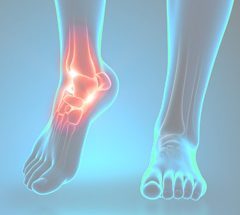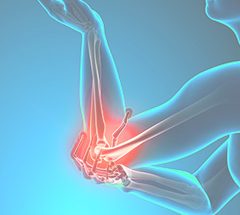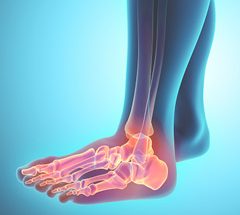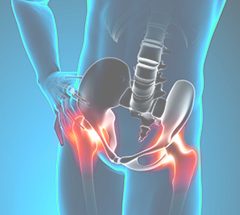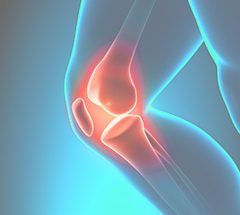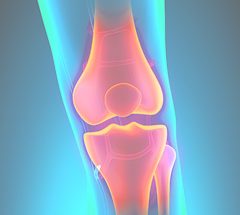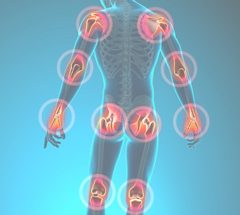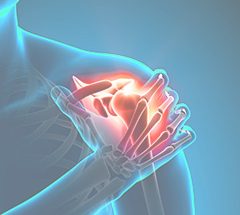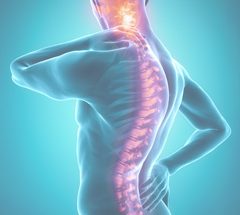Ankle

Ankles have the tremendous responsibility of keeping you standing and moving. As a complex combination of muscles, ligaments, bones, and some of the largest tendons in your body, the ankle is vulnerable to acute or chronic pain. Ankle pain and injuries can take significant time to resolve, impeding your ability to be physically active and engage in day-to-day activity. Targeted treatment is necessary and contingent on how severe the injury is.
Anatomy of the Ankle
The ankle is the joint between the foot and leg that allows vertical movement. There are four primary types of tissue that make up the ankle, and ankle pain is caused by injury to one or more of these components.
- Bone: The ankle joint consists of three bones including the shin bone (tibia), the skinny bone running down parallel to it (fibula), and the foot bone above the heel bone (talus), which the tibia and fibula connect to.
- Tendons: These bands of tissue run to the ankle and around the outside of it. Tendons are the connection between muscles and bones that allow the ankle and foot to move.
- Ligaments: Ligaments are made of a very strong substance called collagen that connects bones to each other and allows the ankle its range of motion while keeping all bones in their proper place.
- Muscle: The calf muscles that are connected by the Achilles tendon aid in moving up or down, while the peroneal muscles on the outside of the ankle allow downward and outward movement. The posterior tibialis and anterior tibialis muscles allow inward and upward mobility.
With such an intricate structure, there are many opportunities for an ankle injury. Breaks in bones are called fractures, ligament injuries are labeled as a sprain, and damage to muscles or tendons are termed a strain.
What Does a Healthy Ankle Look Like?
A healthy ankle will be able to sustain weight and enable mobility. Try moving your ankles up, down, inward, and outward to check that you are free of pain. Check to make sure you don’t have any discoloration, swelling, or abnormal bumps.
Treatment Options
If you’re dealing with ankle pain, there are a number of things you can do for yourself. Stretches and exercises to strengthen the ankle and surrounding muscles help prevent injury or aid with recovery. Physical therapy and yoga are both suitable options for this. Accommodating footwear, elastic bandaging, and ankle braces may also be effective recovery options. Depending on the type of injury, more specific treatment may be required.
Learn more about the causes, symptoms, and solutions – understanding the condition is instrumental to treatment and preventing reoccurrence. Whether the cause is sports-related, congenital, or other, our orthopedic surgeons specialize in treatments and surgery to find the right option for you.
Our physicians are experts in addressing:
- Achilles tendon problems
- Ankle arthritis
- Ankle instability
- Ankle sprains
- Ligament sprains and tears
- Osteochondral defects of the talus
- Reconstructive ankle surgery
- Revision ankle surgery
- Sports-related injuries
- Tendinitis of the ankle
- Total ankle replacement
By educating yourself and consulting with one of the Eastside orthopedic physicians at our Eastside orthopedic clinics, you can intervene before the problem progresses and return to a pain-free life.







